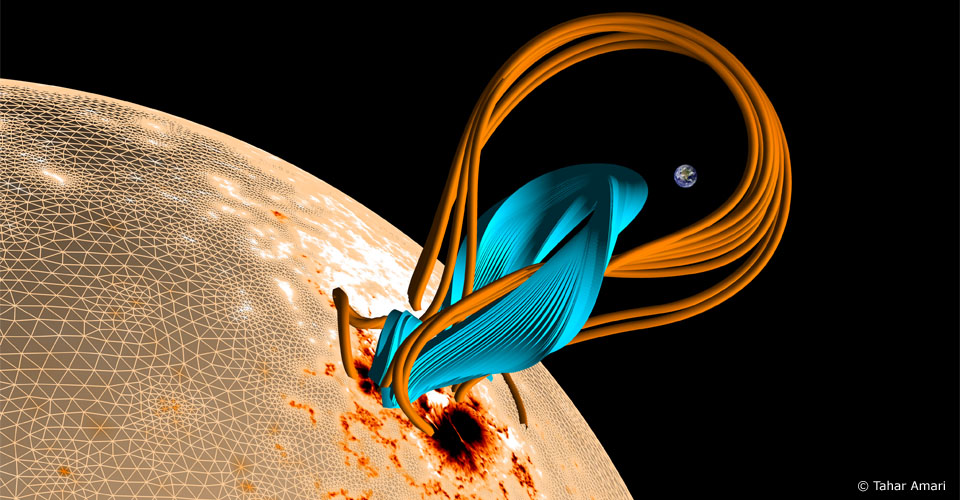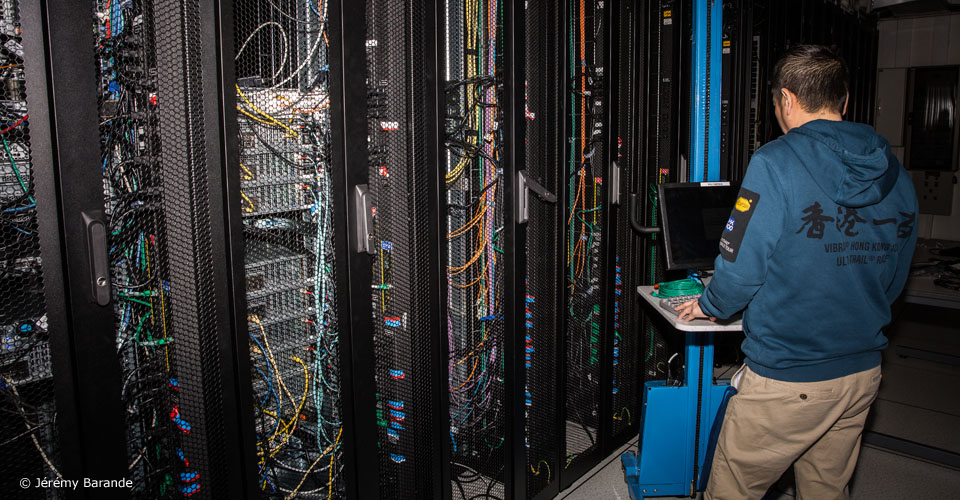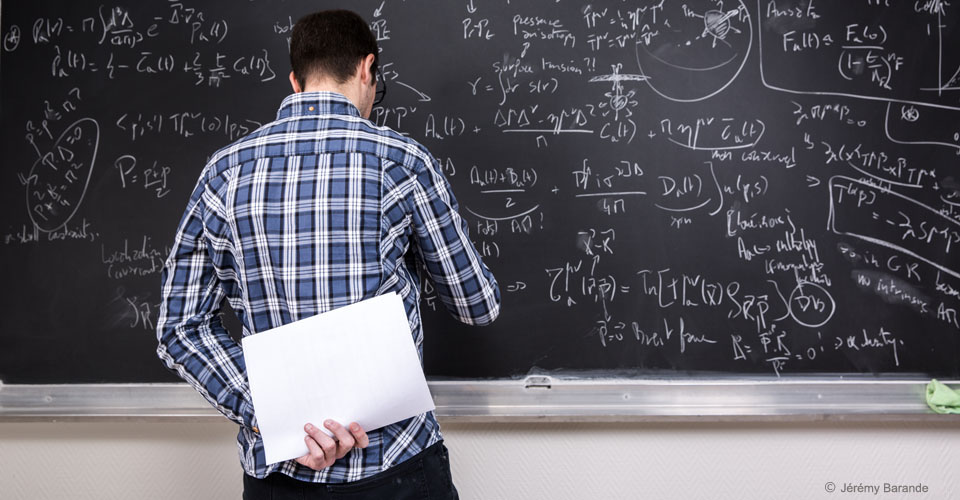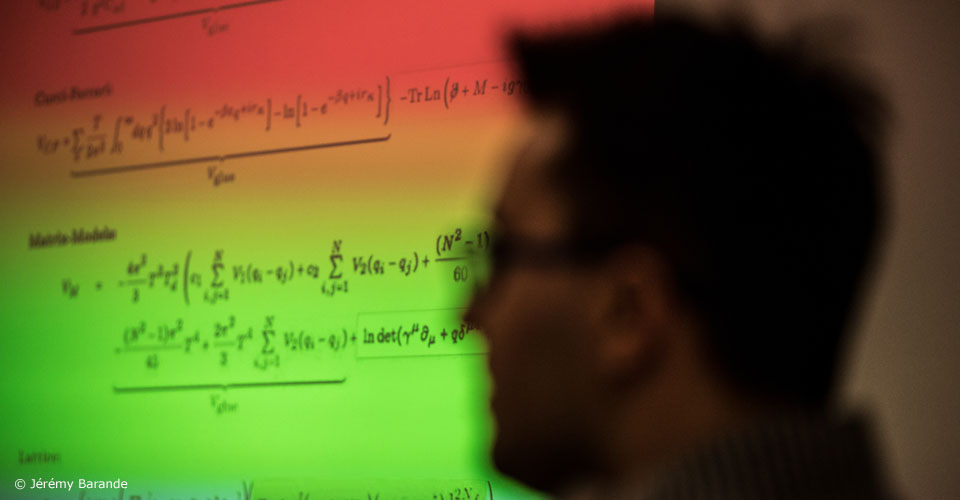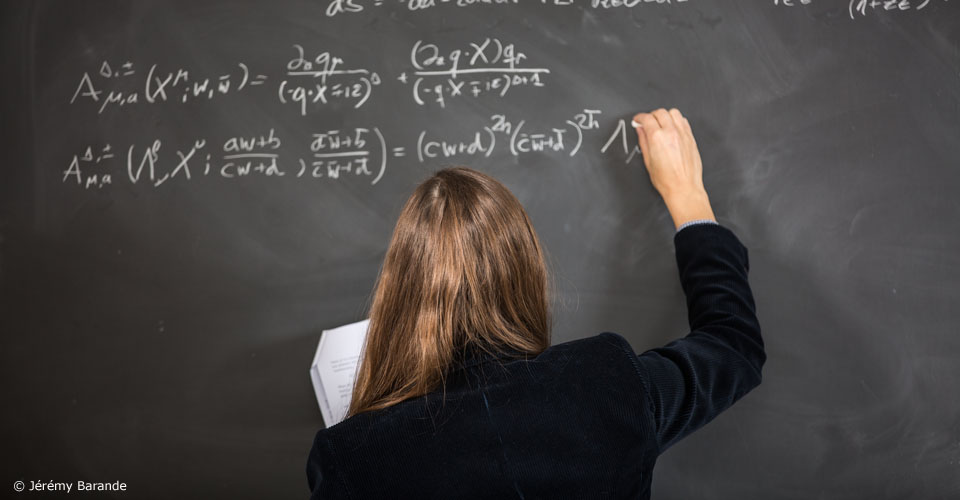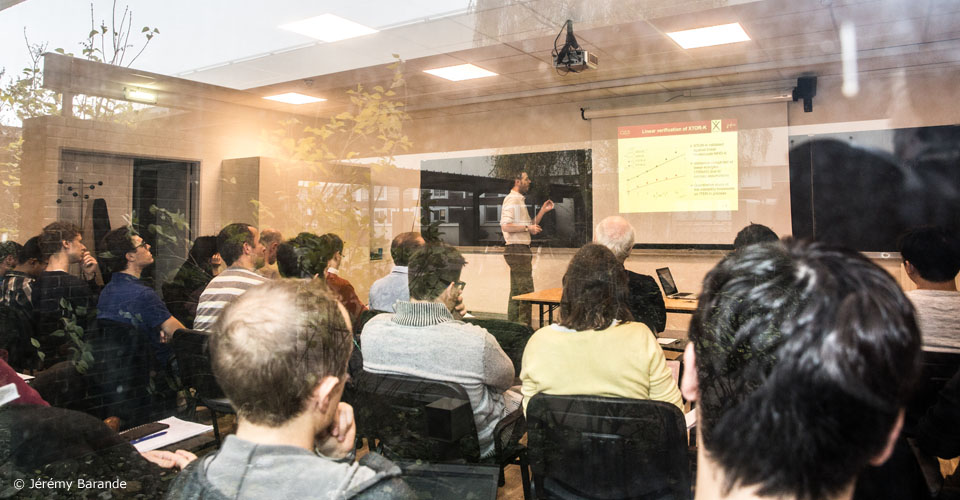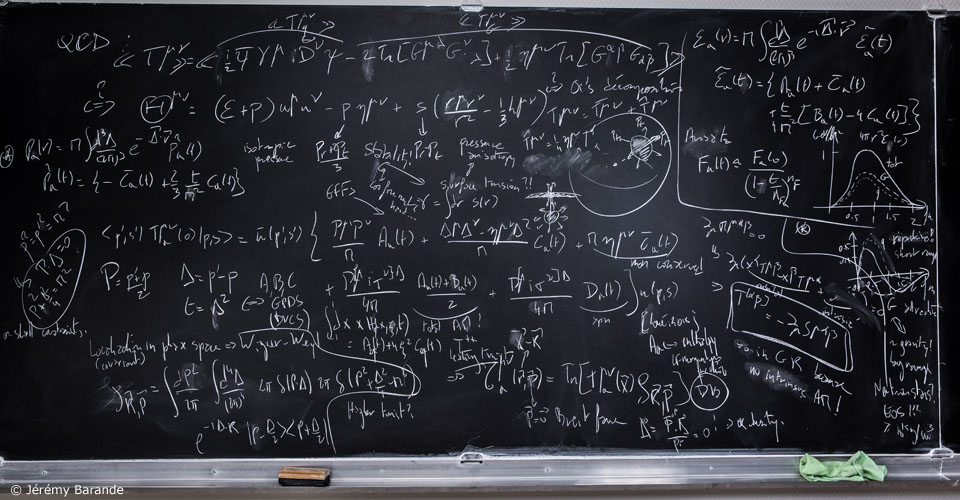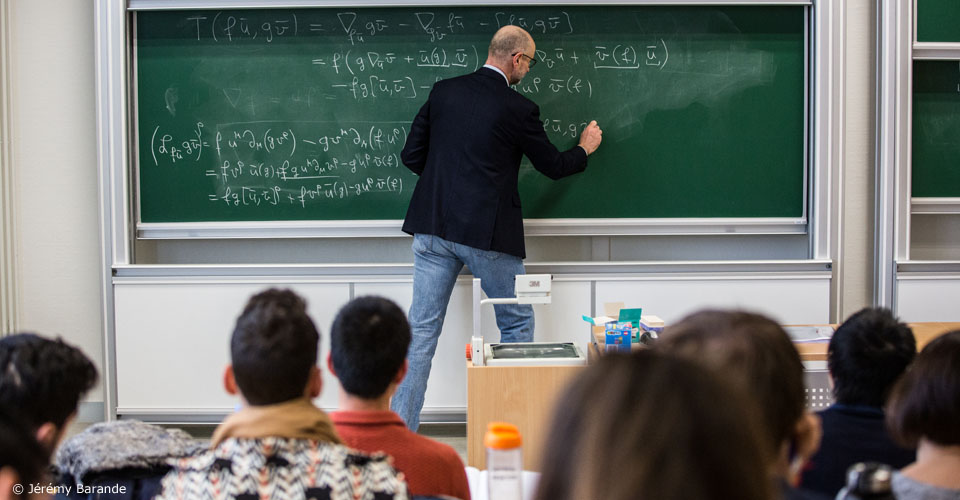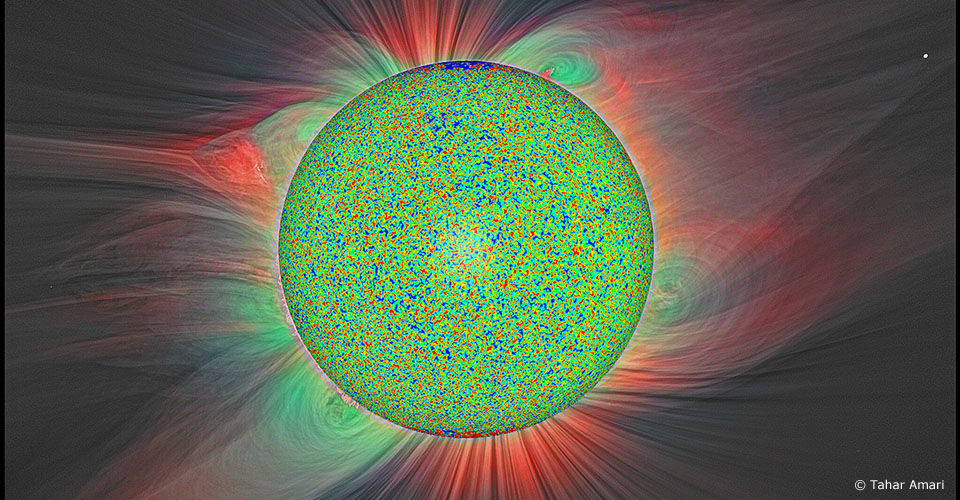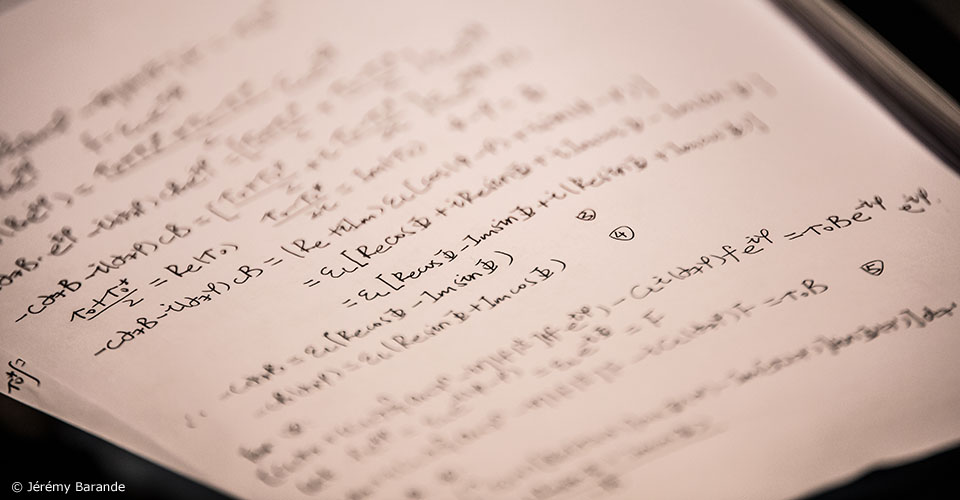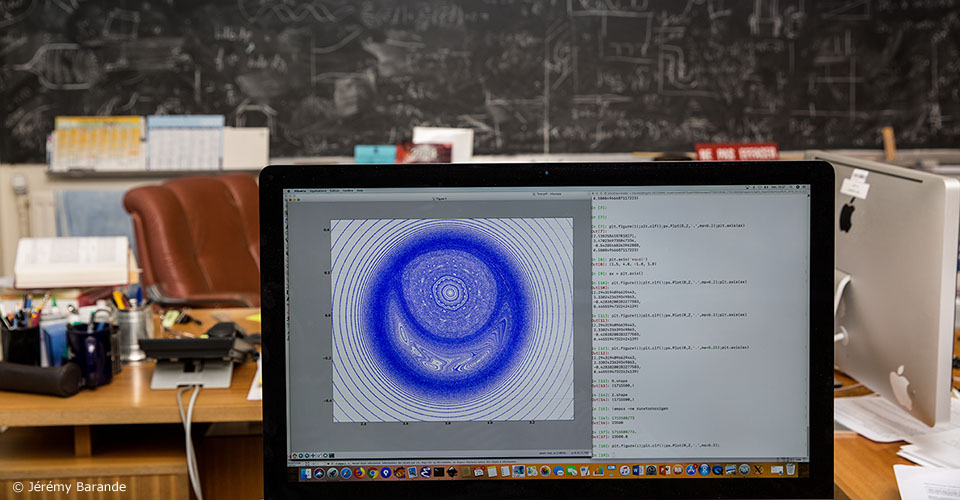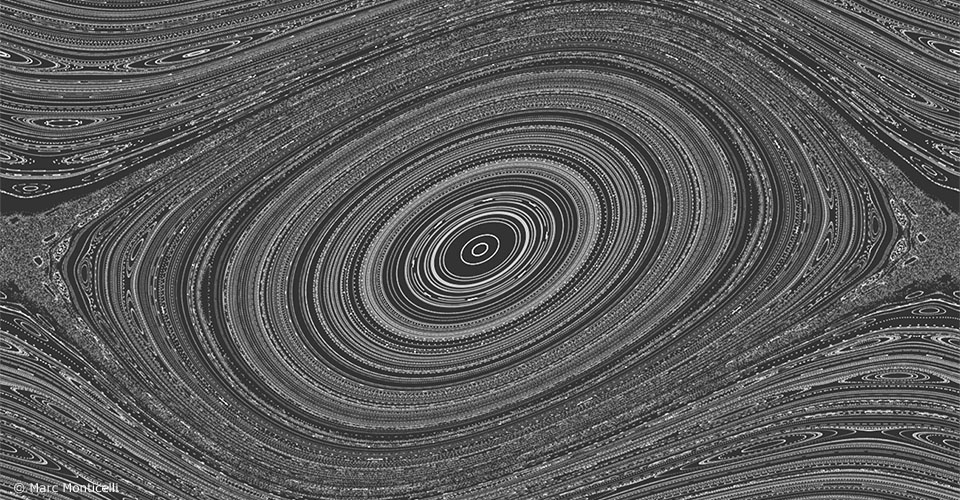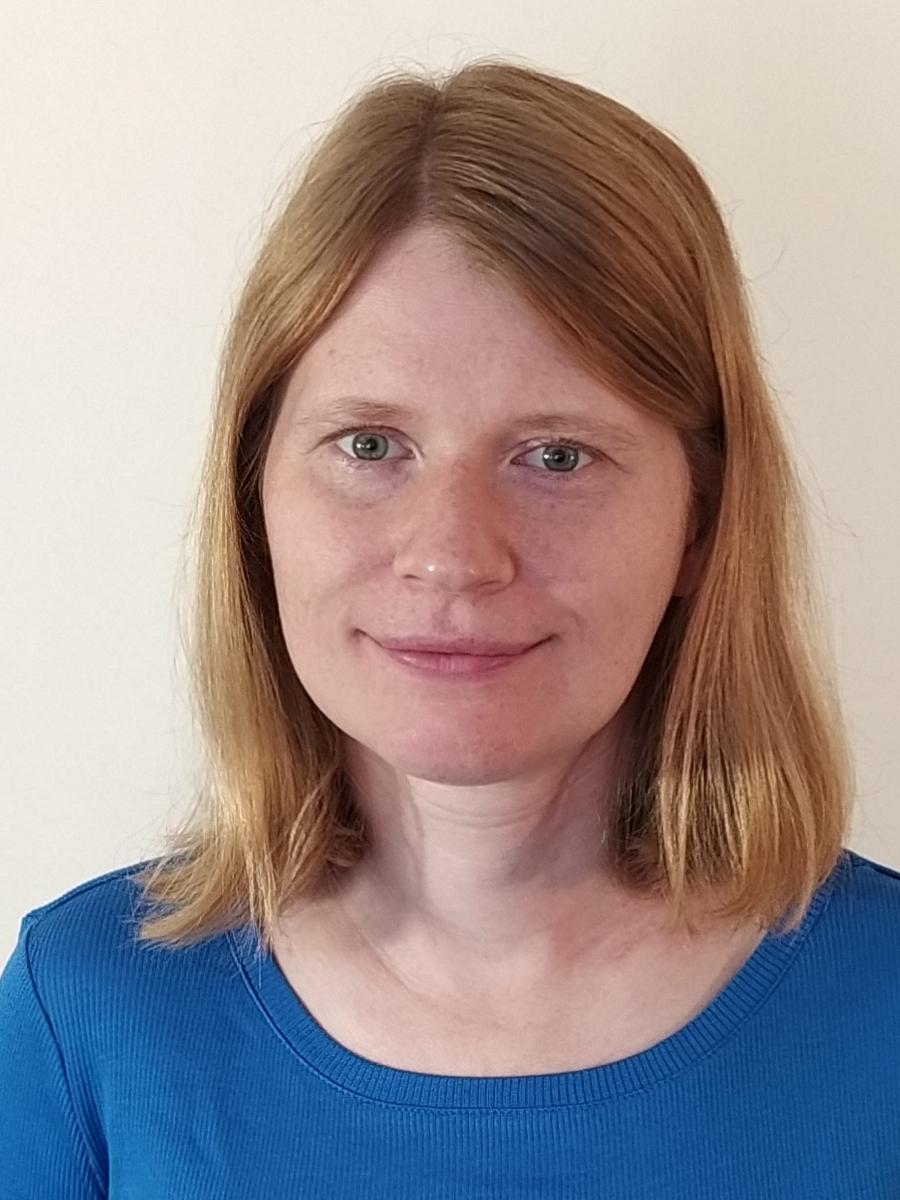CPHT Condensed Matter seminar
Tuesday, October 17 at 14:00
at CPHT, Conference room Louis Michel
Ilya Kull (University of Vienna)
Lower bounds on ground-state energies of local Hamiltonians through the renormalization group
Abstract: "Quantum many-body systems present us with intractable optimization problems, e.g. finding the ground state of a many-body system. This problem is most often addressed through the variational ansatz approach, where physical insight can guide us in constructing the correct ansatz for a given system. Yet, variational methods can only provide us with a one sided estimate---an upper bound on the ground state energy. To certify a variational solution a lower bound is also required. Lower bounds can be obtained through relaxation methods, in which the optimization problem is simplified by relaxing some of the constraints that define the set of admissible optimization variables. Relaxation methods have been applied to many-body systems since the 50s and have also proven to be an essential tool in tackling various problems in quantum information theory and conformal field theory (the numerical bootstrap). Such methods, however, suffer from the drawback of exponential scaling of their complexity with the accuracy of the solution. In contrast, variational algorithms such as the density matrix renormalization group (DMRG), and other tensor-network algorithms which are based on the renormalization group idea, exhibit polynomial scaling.
In this talk I will describe how one can incorporate the power of the renormalization group approach into the relaxation framework to efficiently compute lower bounds. I will present the results we obtained with this method for translation-invariant spin chains where we observe a polynomial scaling of the complexity with the accuracy.

